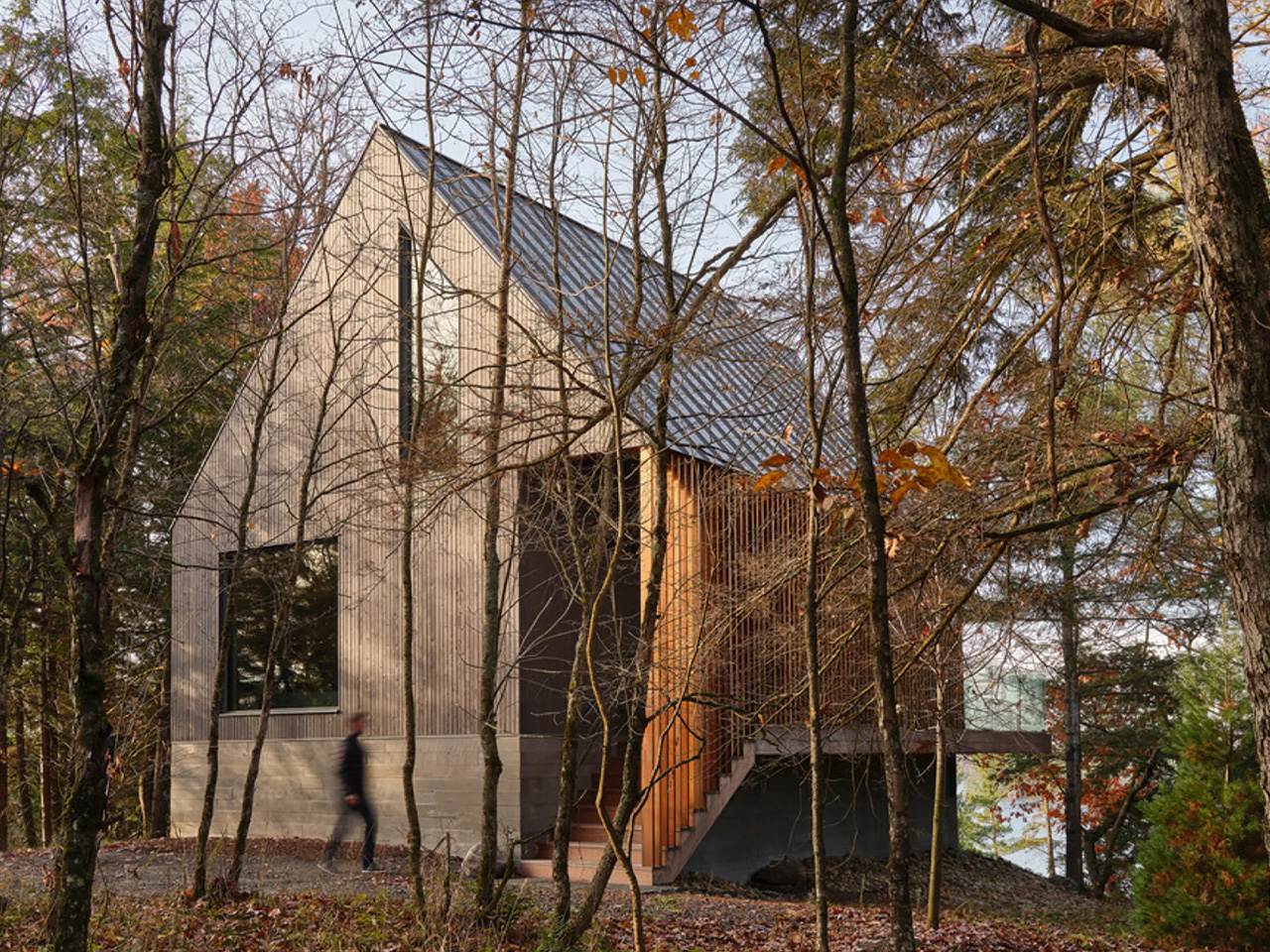The story of Greenland keeps getting greener and scarier. Greenland’s history is unfolding to reveal surprising and concerning findings. A recent study has provided compelling evidence that Greenland’s ice sheet ‘s central region, not just its edges, experienced significant melting in the recent geological past.
As a result, the now-ice-covered island was once home to a lush, green tundra landscape. Upon re-examining sediment from the bottom of a two-mile-deep ice core extracted in 1993, scientists were astounded to find well-preserved willow wood, insect parts, fungi, and even a poppy seed, painting a vivid picture of Greenland’s ancient environment. “These fossils are beautiful,” says Paul Bierman, a scientist at the University of Vermont who co-led the new study with UVM graduate student Halley Mastro and nine other researchers, “but, yes, we go from bad to worse,” in what this implies about the impact of human-caused climate change on the melting of the Greenland ice sheet.

” The recent study provides compelling evidence that Greenland’s ice melted and the island turned green during a previous warm period, likely within the last million years. This suggests that the massive ice sheet is more vulnerable than previously thought. If the center of the island’s ice melted, it is likely that most of the rest of it did too.
According to Bierman, this process would have taken many thousands of years, allowing for soil formation and the establishment of an entire ecosystem. At present, sea levels are rising at an increasing rate, and it is projected that they will be several feet higher by the end of this century. Unless the release of greenhouse gases is significantly reduced, the near complete melting of Greenland’s ice over the next few centuries to a few millennia could result in a staggering 23 feet of sea level rise.
In 2016, research led by Joerg Schaefer at Columbia University presented a controversial study based on rock samples from the bottom of the 1993 GISP2 ice core. The study suggested that the Greenland ice sheet might only be 1.1 million years old, indicating extended ice-free periods during the Pleistocene.
The researchers also proposed that melting the ice at the GISP2 site would result in 90% of the rest of Greenland being melted as well, challenging the traditional view of Greenland as a solid, unyielding ice mass. In 2019, Paul Bierman from the University of Vermont and an international team revisited an ice core extracted at Camp Century near the Greenland coast in the 1960s. Surprisingly, the team found organic materials such as twigs, seeds, and insect parts at the core’s bottom, suggesting that the ice at that location had melted within the last 416,000 years.
This discovery indicated that the Greenland ice fortress had failed more recently than previously thought. “Once we made the discovery at Camp Century, we thought, ‘Hey, what’s at the bottom of GISP2?'” said Bierman, a professor in UVM’s Rubenstein School of Environment and Natural Resources and fellow in the Gund Institute for Environment. Though the ice and rock in that core had been studied extensively, “no one’s looked at the 3 inches of till to see if it’s soil and if it contains plant or insect remains,” he said.
The researchers obtained a sample from the bottom of the GISP2 core at the National Science Foundation Ice Core Facility in Lakewood, Colorado. A recent study, funded by the U.S.
National Science Foundation and published in PNAS, confirms the “fragile Greenland” hypothesis from 2016. The findings reveal that Greenland was warm enough for an extended period for an entire tundra ecosystem to thrive, possibly with stunted trees, where today there are two miles of ice. “We now have direct evidence that not only was the ice gone, but that plants and insects were living there,” said Bierman.
“And that’s unassailable. You don’t have to rely on calculations or models.” Geoscientist Andrew Christ, formerly with UVM and Bierman’s lab, initially discovered intact biological material at the bottom of the ice core.
Halley Mastro continued studying the material. “It was amazing,” she said. Under the microscope, what had looked like no more than specks floating on the surface of the melted core sample was, in fact, a window into a tundra landscape.
Working with Dorothy Peteet, an expert on macrofossils at the Lamont-Doherty Earth Observatory and co-author on the new study, Mastro was able to identify spores from spikemoss, the bud scale of a young willow, the compound eye of an insect, “and then we found Arctic poppy, just one seed of that,” she said . “That is a tiny flower that’s really good at adapting to the cold.” But it’s not that good.
“It lets us know that Greenland’s ice melted and there was soil,” said Mastro, “because poppies don’t grow on top of miles of ice.” Journal reference:.



















